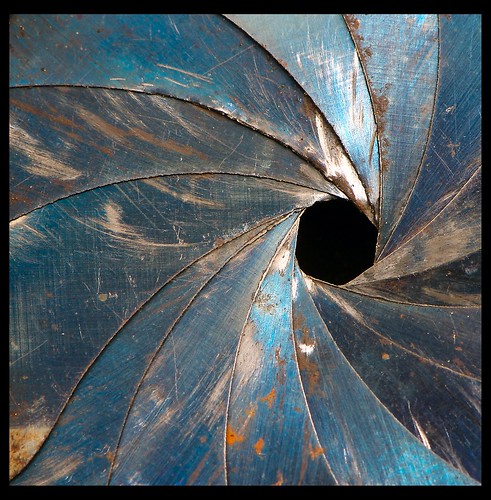Camera Aperture Explained
Camera aperture is like a faucet. In my very first photography class, I at first felt intimidated while my instructor explained the concept of aperture. Once the faucet analogy was introduced however, I could grasp the concept. The more wide open the lens aperture is, the more light that gets in. Conversely, the smaller the opening, the less light that gets in.
The size of the aperture is indicated by an “f-number”, also sometimes referred to as an “f-stop”. Strangely, the lower the f-number, the larger the lens opening. So, f/1.4 is actually a larger aperture opening than f/16.
Opening the camera lens aperture one full f-stop actually doubles the amount of light entering the camera. Conversely, closing down, also sometimes called “stopping down”, one full f-stop cuts the amount of light entering through the lens in half. So for example, f/4 admits twice the light of f/5.6, and f/5.6 admits twice the light of f/8 and so on. Going the opposite direction, f/5.6 admits half the light of f/4.
Aperture to a great degree controls depth of field. Depth of field is basically just the distance from the front to the back of a photograph that is reasonably in focus. Changing the depth of field by changing the aperture can give you much more artistic control of your photography than simply shooting in auto mode and letting the camera decide. For example, most landscapes are shot with a great depth of field (smaller aperture), so that the entire scene will be sharply in focus. In scenes where you would like a specific subject to stand out, a shallow depth of field (larger aperture) can often be used to positive effect.
Smaller aperture = higher f-number = greater depth of field
Wider aperture = lower f-number = shallower depth of field
When the aperture is changed, your exposure time (shutter speed) needs be changed as well to compensate for the change in aperture. This is so your image will be properly exposed and won’t be either too dark or too light. One way to do this very easily, is to set your camera in Aperture Priority mode. All DSLR’s and most point and shoot digital cameras these days have Aperture priority mode. In this mode, you set your desired aperture, and the camera then automatically chooses the correct shutter speed for the current lighting conditions. In most situations, this will work just fine, and your camera will choose the proper shutter speed for your chosen aperture.






Pingback: Focusing Your SLR Camera Tips | Photoluminary